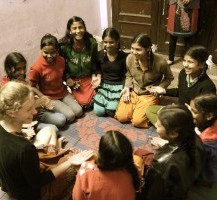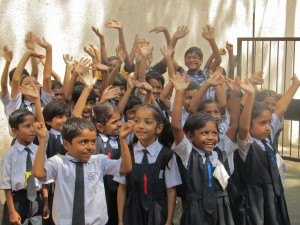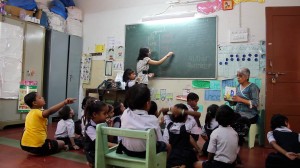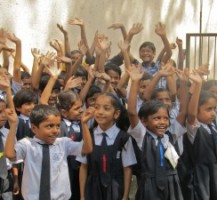Intense is the word to describe our arrival in India. India is a country of intensity. With a population of over a billion people, it is always crowded. Traffic is constant. The amount and extent of the poverty that can’t help but be witnessed in any major city in India is overwhelming. Yet despite, or perhaps because of, this intensity India is a beautiful and inspiring place. Crowds of people everywhere means there is always a smiling face ready to help. Avoiding traffic provides more opportunities to enjoy the view or walk. And the poverty serves as a call to action.
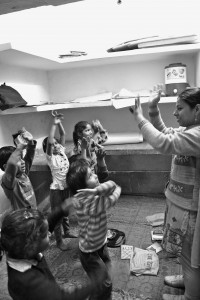
- Pratham teachers keeping students engaged
In cities as big and sprawling as the ones we visited in India, there is a great need for NGO support. We were lucky to be able to visit one of the most widespread and prominent NGOs in India: Pratham. Pratham works to provide education opportunities for marginalized children in some of the most underserved communities in the cities they work in. While we had heard some sobering statistics about the state of Indian public, or government, schools, Pratham mainly works with children who haven’t even made it that far. These are children who don’t go to school and work instead. Who are rescued from child slavery rackets. Who have quite literally been forgotten by society. These are children for whom Pratham is a last hope.
Pratham is a 20 year old NGO with a young, startup spirit. At each level of the organization, volunteers are bursting with ideas of how to better achieve their missioN: Every child in school, and every child learning well. Programs such as the Pratham Council for Vulnerable Children (PCVC) and the Pratham Learning Centers are products of Pratham innovation.
PCVC is a program that reaches deep into the lives of children in poverty. PCVC volunteers literally go into the slums, locate children who have been forced into labor, identify and train local women to become teachers, and extract these children from work to provide them with an education. We were lucky enough to see PCVC in action in Mumbai. Our visit was graciously arranged by Pratham’s communications team. We met our guide, Viral at a railway station and drove past a sprawling landfill, where we could see women and children parsing through trash. We stepped out of the car and were overwhelmed with the stench of sewage and waste. Inside the humble single room center we interviewed the two local volunteer teachers before the children arrived. They shared their personal stories of being recruited to teach, of fighting for children to be released from work, of visiting homes to get children to come to school. To us, fighting to get a child even the most basic access to education is heroic. For these Pratham women, it is their every-day.
Soon the children piled in to begin class. The arrived, some unkempt, and some without shoes. But all were bright-eyed in greeting us, “Hello, Didi (sister). Thank you, Didi!” Whatever the center lacked in resources – the teachers and students made up for in passion and dedication.
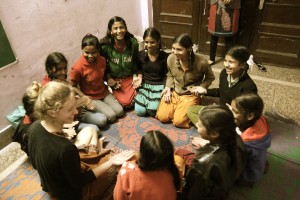
The American School of the Hague was there while we were too for a short-term program
We were again blown away at our Pratham visit in Delhi, where we visited a Learning Center in a slum on the outskirts of the city. We journeyed about an hour via metro into what appeared to be a totally different world. Our hosts, Arshi and Sam, welcomed us at the metro stop. Together we walked through crowded alleyways and past street vendors to reach the Pratham Learning Center. It was a four-room complex full of color, fun educational diagrams, bustling with energetic children and Western volunteers. We had coincidentally arrived on the last day of a visit from students of the American School of Hague, there on a one-week volunteer trip. For months they had fundraised and planned for the trip, bringing specific projects to do with the students. We interviewed them, local volunteers, and students.
We found enthusiasm at every corner. The international visitors were spilling with stories from their week, telling us that the Pratham students were showing up *early* to school to see their foreign visitors. The local volunteers, Kanij and Mehrunissa, had been working for Pratham for 9 years – and were still as energetic as the “one-weekers.” I was curious in particular about impact: what can volunteers do in just a few days? Can they make any difference? Everyone responded with a resounding, “Yes.” They can bring an energy and optimism that motivates the students to come to school, to practice their English, or to better their computer skills so they can keep in touch. It’s a burst of energy that can fuel the work for the long-haul.
The international students said their goodbyes (filled with a lot of hugging and adorable, energetic waving), and we went for a comfortable chai with our hosts. We sat for an extra hour, chatting about the spirit of Pratham and development work in India and abroad. We left impressed not only by the critical work Pratham is doing but the vitality of the organization.
Pratham has taken on a huge challenge with many complexities that we were only able to glimpse in our short visits. The world of the Mumbai slum differed greatly from the Learning Center in Delhi. But they shared a sense of hope, inspired by Pratham volunteers. They bring – sometimes with the help of international volunteers, but most of all with their local teachers – boundless energy and optimism for improvement. Pratham is leading the movement to ensure children are in school, learning well, and have the tools not only to overcome their personal hardships, but to thrive.
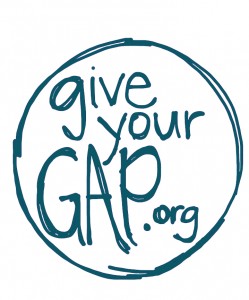
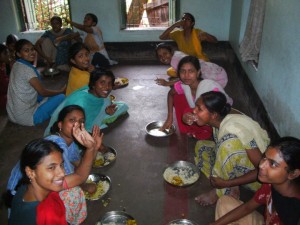
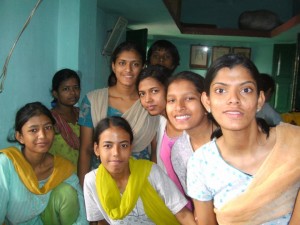
![]()




